



Your Sponge Is Filthy! Here's How to Properly Sanitize It
Your kitchen sponge can contain a lot of nasty bacteria. Click here to learn how to properly sanitize it!
 4:16
4:16
Why Do Boats Create Ripples On the Water As They Move?
Why do ducks, boats, leaves, and pretty much any other object moving through water leave these wavy ripples?
 11:15
11:15
These Paradoxes Continue to Mystify Scientists
Take a look at 7 scientific paradoxes that may never get solved.
 13:42
13:42
When Dangerous Viruses Escaped the Lab...
Many deadly viruses have escaped from laboratories in the past. No, we aren’t talking about COVID.

9 Inspirational Female Scientists You Should Know About
History is full of women who made significant contributions to science. Let’s meet the most influential ones.

Loose Leaf Tea vs Tea Bags: Key Differences You Must Know
Ever wondered which tea is better - loose leaf tea or tea bags? We answer this question in this article.

9 Useful Face Mask Hacks Everyone Must Know
Tired of your glasses fogging up or not fitting properly when you're wearing a face mask? Read this article for 9 simple solutions...

Grow Anything You Want With This Gardening Collection!
Enjoy our collection of seven gardening posts that'll cover everything you need to know to grow your own plants.
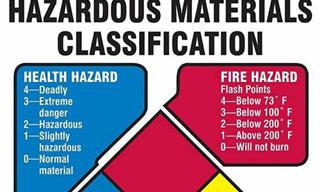
14 Useful Charts and Guides You’ll Want to Save!
We prepared a list of 14 visual guides and charts that will come in handy at home, outdoors, and even when you’re searching for something online!
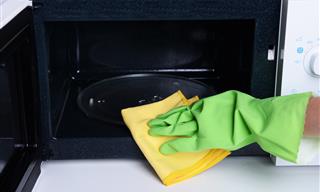
12 Ways to Remove Odors from a Microwave
If your microwave has lingering smells despite regular cleaning, here are 12 DIY solutions to neutralize those odors effectively.

All About Women: 24 Facts About the Fairer Sex
These fascinating facts will probably surprise even our female readers. We gathered 24 facts that we best you've never heard about, and each of them will make you understand yourself and women a bit better.
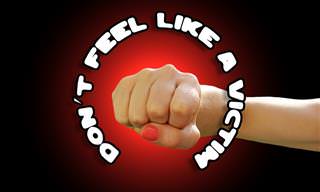
You Won't Be Old AND Vulnerable After Reading This
Just because you're elderly, it doesn't mean that you're incapable of defending yourself. Read this complete guide to find out exactly what you should do.
 8:03
8:03
Christmas Tree Hacks: 9 Game-Changing Tips
Use these Christmas tree tips to make your holiday festivities easier.
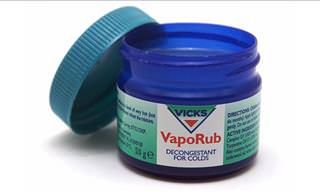
Vicks Has So Many Different Uses. Here Are 8 of Them!
Vicks can be found in households across the globe. This is a very useful ointment which has many unique uses. Check some of them out here.

How to Start a Garden on a Windowsill
No green thumb is needed for this simple gardening project.
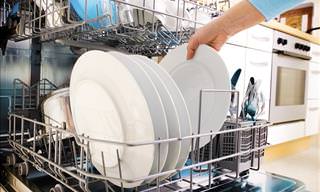
If You Pre-Rinse Your Dishes, You Need to Stop Right Now!
This is why you’re not supposed to pre-rinse your dishes before putting them in the dishwasher.
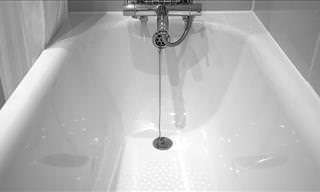
This DIY Solution Can Clean Even the Dirtiest of Bathtubs
Nobody likes getting down on their hands and knees to scrub the grime off the bathtub. Thankfully, this fantastic concoction will do all the hard work for you!
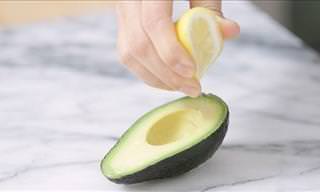
These 11 Tips and Tricks Will Help You Enjoy Avocados Better
Avocado is one of the most popular fruits, and with the following 11 tips, you'll know how to check for ripeness, freshness and how to use in myriad ways...

How to Prepare Matcha, the Healthiest Drink on the Market!
Matcha green tea is one of the healthiest drinks out there and this is how you can make it yourself.

This Tip Collection is Amazingly Helpful!
You’ll be pleased to hear there are old wives' tales that are grounded in fact. This list of 9 true tales will help you get your house spic and span!

Dog Can't Stay Alone? 5 Tips to Help Resolve Their Anxiety
When your dog shows anxiety when left alone, here are some tips to help you deal with the problem.
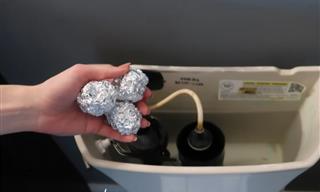 8:08
8:08
Home Tip: Why I Put Aluminum Foil in My Toilet
In today's video, we're diving into one of those quirky life hacks that might just change the way you approach household maintenance.
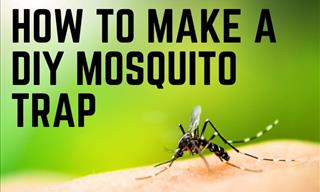
Get Rid of Mosquitos in 5 Minutes with This DIY Recipe!
Let us help you significantly reduce the number of mosquitos in your home and garden with a simple 4-ingredient recipe of a mosquito trap

Using Vinegar to Clean These Items Can Really Damage Them
Cleaning these common home surfaces and other items with vinegar can seriously damage them...
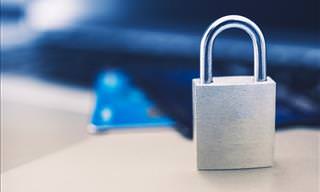 4:08
4:08
Lost a Key and Need to Pick a Lock? Do This!
Need to pick a lock? Here's how to do it.
 8:10
8:10
How to Get Rid of Roaches Naturally: 14 Simple Remedies
Now you can get rid of those annoying cockroaches from your home with these science-backed tips!
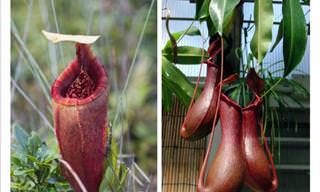
COLLECTION: Growing Tips for Outdoor and Indoor Plants
Dive into the world of indoor and outdoor plants with these 10 great guides to show you the way.
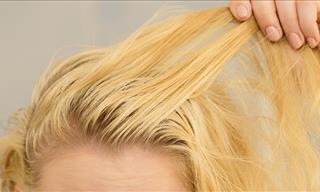
These Life-Changing Tricks Will Make Your Scalp Less Oily
We will show you how to make your hair produce less oil and give handy tips and DIY tricks that can help reduce the appearance of oily hair

6 Uses for Apple Cider Vinegar You're Probably Unaware Of
If you think that apple cider vinegar is only good for cooking, we advise you to think again! Here are 6 great additional uses.

11 Genius Peanut Butter Life Hacks You Need To Know
Did you know you can use peanut butter as a leather cleaner?
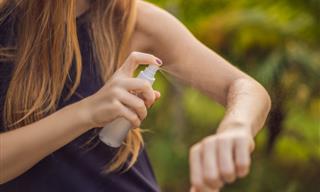
13 Household Items You Never Knew Had an Expiry Date
Take note. These common household products do go bad.

These Common Habits Make Our Anxiety Worse
Experts believe that certain attitudes and habits are amplifying your stress levels.
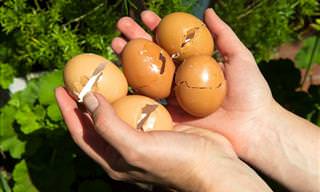
Here's Why You Should Start Using Eggshells in Your Garden
If you throw all your eggshells in the trashcan you're missing out as they can be very beneficial to your garden. Here are 6 garden uses for eggshells.

How to Become Wiser in 6 Simple Steps
Intelligence is something, some say, we are born with. On the other hand, wisdom, which is far more useful, is definitely something one can accumulate over a lifetime. Many search for ways to become wise, but few feel they have really achieved it. Ch

Are You a Target for Criminals? These 8 Tips Will Tell You
Don't let yourself become a target for criminals. Here's what you need to do

These 15 Surprising Cucumber Uses Will Come in Handy
Cucumbers are a very healthy addition to any diet, but they also have many other great uses that you should know about. Here's 15...

This Special Kind of Bread is Both Beautiful and Delicious
Tired of regular bread? How about surprising everyone with this beautiful and delicious "Watermelon Bread"? It's so easy to make!

Stay Clear of These 9 RISKY Google Searches
You can search anything on Google, but it’s advisable not to do so for these risky things.
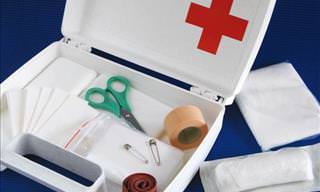
In Case of an Emergency, Keep These 14 Things In Mind
These are essential items for your family emergency kid recommended by the American Red Cross and FEMA which will help protect yourself and your family during an emergency.

Discover 6 Easy Ways to Clean a Home with Hydrogen Peroxide
We all want to see our homes clean and sparkling, and it turns out that with hydrogen peroxide - something we all have at home- this can be done with ease!
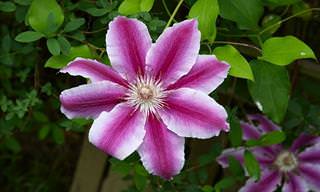
10 Poisonous Flowers Every Gardener Should Know About
Flowers add an array of color to your garden, but some of these are actually quite toxic. Here are 10 of that you should be aware of.

How to Stop Worrying and End Anxious Thoughts at Night
Are anxious thoughts hindering your sleep every night? Here’s what you can do.

9 Tips to Ensure You Drink Enough Healthy Water Every Day!
Water is so important for our health it's hard to overstate. But most people find it rather dull. So, here are some tips to make sure you get enough.
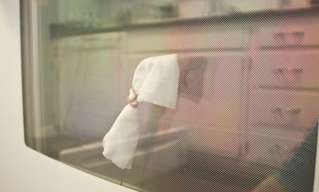
How to Clean BETWEEN the Oven's Glass Panels
Here is a neat trick you can use to make sure that this troublesome gap is kept free of dirt and filth so that your oven door remains spotless!
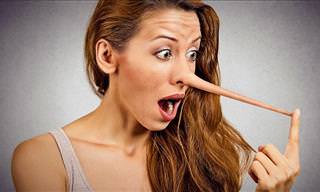
Here's How You Can Tell If Someone Is Lying to You
No one likes a liar, but thankfully, if you know how to read body language, you can tell if someone is lying to you.

Cucumbers Are Incredibly Versatile: 7 Ways to Use Them
Cucumbers may be nutritious, but they are incredibly versatile too! Here's how you can use cucumbers outside of your salad.

Guide: How to Clean Your Car's Side Mirrors so They Shine
This article provides a detailed guide as to how to best clean your car's side mirrors.


